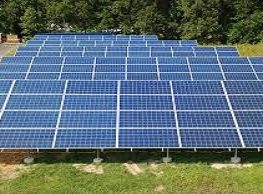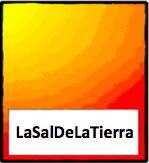
Isolated photovoltaic systems are used to prevent connecting to the mains supply. This is usually necessary in isolated homes with distant connection points to the electrical grid and with a significant cost.
The disadvantage of these installations is the need to have a battery storage system that allows you to store the consumption of all nights and cloudy days in which production is lower than demand.
These systems may face problems in the case that some connected devices have a high starting peak that destabilize the electrical system.
The large scale photovoltaic farms for production of electricity for the pool market have experienced in the last ten years a decrease in the investment cost of such magnitude, that it has allow to reduce the electricity price from 10 times the cost per produced kWh of a conventional systems to be lower than the cost of production of a combined gas cycle.
This technology will allow when increasing its installed power in Spain a price reduction in the electricity.
The unresolved issue of this technology is to increase its manageability (export to the network when required by this and store it when not required it) through (batteries) storage systems.
Interconnected systems are those that are commonly called self-consumption facilities. In this case the installation is connected to the network. Sizing of the installation is usually done for economic reasons and with the limitation of the space for the installation of photovoltaic panels.
Photovoltaic production system provides electrical energy to the house and in case his production is exceeding the demand, gives the exceeding power to the grid. When the demand in the house exceeds the PV production, the electrical grid supplies the rest of the electricity to match the demand.
Nowadays, given the costs that will affect these interconnected systems, its profitability is not guaranteed
